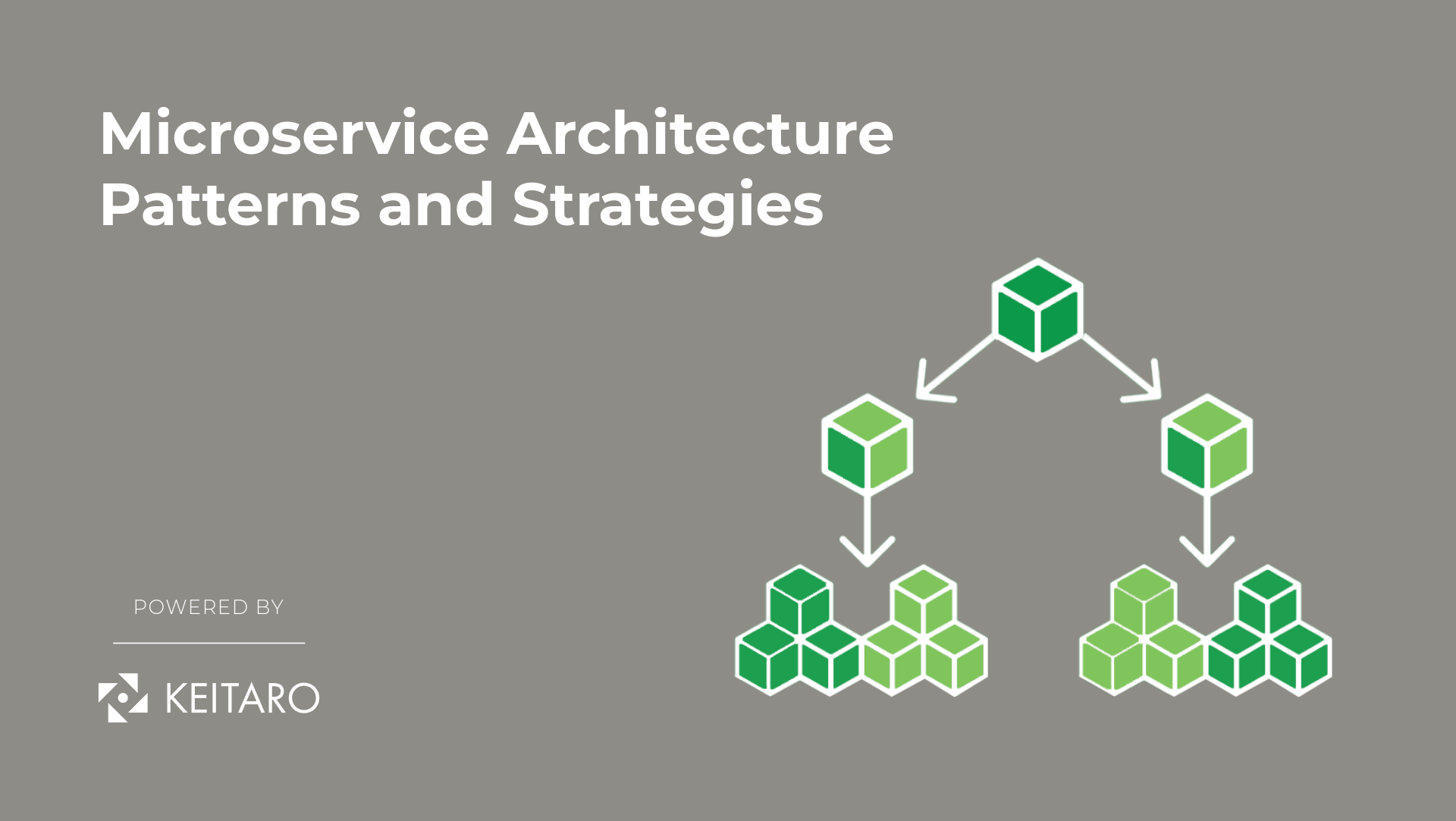Cloud-native is an approach for developing and running applications that takes advantage of the distributed computing resources provided by the cloud delivery model. Apps developed on cloud-native architecture exploit the flexibility, elasticity, scalability, and resiliency that the cloud has to offer.
Software developers that opt for the cloud-native approach manage to respond faster to customer demands and deliver solutions in a quick and efficient manner. Features like microservices, service meshes, APIs, containers, and immutable infrastructure contribute to the effectiveness of the cloud-native approach. Overall, cloud-native systems are observable and manageable, allowing developers to make changes continuously with fast releases.
Goals of Cloud-Native Approach
The tech environment is increasingly aggressive in its shift towards a cloud-native approach due to its associated advantages and growth potential. Following are some of the main goals behind considering the cloud-native approach:
- Delivery Acceleration: Customer demand, market competition, and technological advancements have let software firms expedite their deliveries. The cloud-native approach features CI/CD methodology, microservices, and cloud-driven platforms that are needed to accelerate development and release cycles while ensuring quality and customer satisfaction.
- Scalability: Launching a prototype of a product is a recommended practice when questions surround how intended users are going to react to and use a new application. Developing a prototype for a small user base is expedient and cost effective, but scaling it up for thousands of users isn’t an easy job when using traditional development practices. The cloud-native approach provides flexibility and the convenience of easily scaling the resources up and down.
- Cost Reduction and Optimization: Another key goal behind the cloud-native approach is to reduce the amount of spending on hardware, software, and human staff. Virtual machines and shared resources across the organization reduces operational costs significantly. In addition, the cloud-native approach employs agile methods, while practising containers and microservices methodologies bring operational consistency and automation.
Benefits of Cloud-Native Approach
The cloud-native approach has a lot to offer to software developers. Following are the 10 key benefits associated with the cloud-native approach:
- OS Freedom
The cloud-native approach empowers developers to rid themselves of infrastructure dependencies. Rather than expending effort in configuring operating systems or patching them regularly, developers can instead focus on development-centric activities.
- Effortless Management
The cloud-native approach makes infrastructure management an effortless process. With the availability of platforms such as Azure or AWS Lambda, developers don’t have to worry about or manage network configuration, storage allocation, etc.
- Continuous Integration/Continuous Delivery (CI/CD)
In this fast-paced world, developers have to be aggressive in pushing changes into production and continue the loop of feedback, change, and deployment. Cloud-native models practice CI/CD methodology, which allows frequent changes and improves code changes delivery, all while having no impact on operational capacity.
- Reusability
The cloud-native approach empowers firms to deploy ready-to-use infrastructure where they can access and reuse components, such as caching services, data virtualization, workflow engines, and rules. This way, the development complexity is reduced, while developers get more room to focus on specific aspects of the application.
- Optimized Infrastructure Usage
Perhaps the most basic benefit of the cloud-native approach is the optimized use of hardware/software infrastructure. Virtual machines decrease the dependencies on specific on-premises hardware, while the cloud-native practice enables distribution of components across different machines linked to different data centers. In short, developers can access the infrastructure they need, when they need it.
- Collaboration
The cloud-native approach facilitates DevOps, i.e., an amalgam of tools, processes, and people that enhances collaboration between operations and development teams. It thereby speeds up the process of transferring the finished software code to production.
- Independent Nature
Microservices architecture turns application development into independent, small, and loosely coupled bodies, which means small independent development teams are required to work on separate chunks of an application. This makes testing, updating, and scaling more efficient and faster.
- Competitive Edge with Fast Release
Opting for a cloud-native approach means turning the focus on cost-saving IT infrastructure with the cloud as the main engine for business growth. In our digitally advanced era, cloud-native development helps in faster application development, testing, changes, and releases, all while fulfilling customer needs.
- Removes Vendor Licensing Concerns
In the past, vendors used to issue a few years of locked-in licensing for the ownership of the hardware. But it is no longer a concern for software firms due to the rapidly evolving cloud-native practices, open-source technologies, and multi-cloud tech environment.
- Reliable Systems
Gone are the days when downtime was to be expected and accepted as a normal occurrence. With Kubernetes and microservices architecture in the cloud, developers have a greater capacity to develop applications that are fault-tolerant with built-in self-healing and resiliency capabilities.
Conclusion
The cloud-native approach is the present and future of application development that has completely changed development cycles, improving on the decades-old way it used to work. Scalability, agility, reliability, flexibility, speed, and reusability are some of the key terms associated with the cloud-native approach. In short, practising cloud-native models is not a choice but a mandatory transformation that software developers should eagerly implement to gain a competitive edge and better address their customers’ demands.



